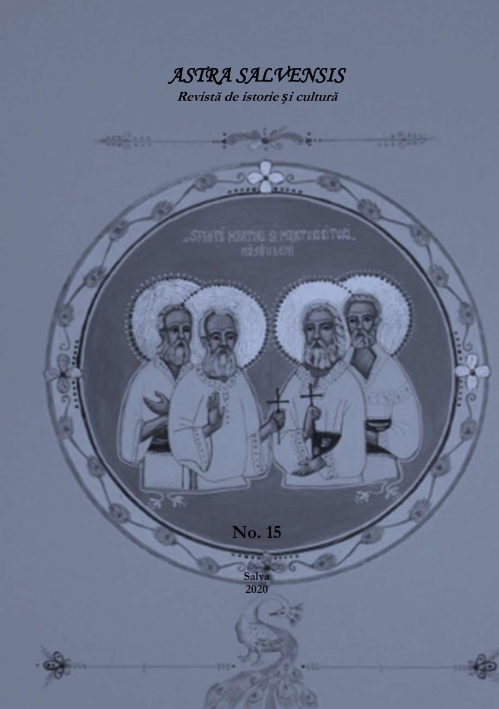Unitate și Comuniune în Raportul ,,Șabat” - ,,Euharistie”,
din Perspectivă Neotestamentară
Unity and Communion in the Relationship between „Ș abat” and
„Eucharist” from the New Testament Perspective
Author(s): Dorin Ioan SalvanSubject(s): Christian Theology and Religion, Theology and Religion, Biblical studies
Published by: Asociaţiunea Transilvană pentru Literatura Română şi Cultura Poporului Român - ASTRA
Keywords: Șabat; Eucharist; Resurrection; anamnesis; communion; eternity;
Summary/Abstract: In the present study, there will be emphasized the fact that between Ș abatand Eucharist there is a relationship of obvious continuity, due to the accomplishment of Rest daythrough and by the Resurrection. God’s Day is marking the beginning of a perpetual liturgical today,in which, thorough the expectation of the Eucharistic anamnesic, the relationships between Man andGod come back to their genuine purpose, according to the model of Ș abat celebrated in the EdenGarden. In the ephemeral historical plan, the succession and repeatability of the rest days expressesthe state of human being of living the seventh day as a preparation for the perpetual day ofResurrection. In other words, between the two formulas, with which there is emphasized, on one side,the uncessed preparation for the Holy Liturgy, namely ,,Șabat after Șabat”, and on the other side,the extension of Liturgy in daily life, , namely the „Liturgy after Liturgy”, the continuity being giventhrough the Communion with the Holy Sacraments. Therefore, by receiving the Eucharist, we becomeeternal into the Kingdom’s rest, and the body of the Ressurected Lord, the true temple, offers in thenew creation the coesion of the faithful, which, in the past times, was offered to the biblical people bythe relationship between temple and Ș abat.
Journal: Astra Salvensis - revista de istorie si cultura
- Issue Year: VIII/2020
- Issue No: 15
- Page Range: 137-162
- Page Count: 26
- Language: Romanian

